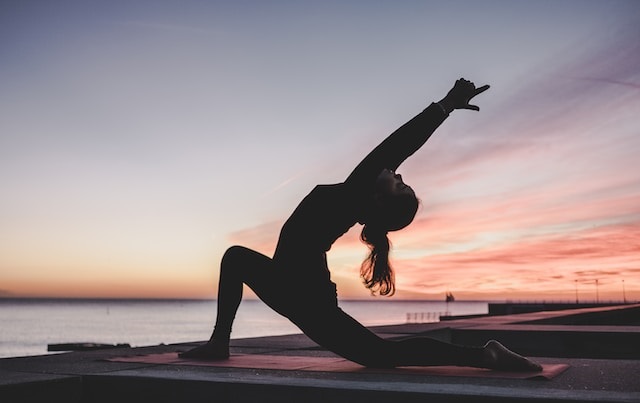Five Simple Ways to Level-up Your Practice Right Now
When we’re in a moment of stagnation, and stuck in a yoga rut, exactly how to shake things up can leave us totally puzzled. Yoga is an intrinsic creative science of self-expression and self-exploration and we become myopically invested in our own worlds of contortion and chanting. And when you do feel underwhelmed by your practice, that creative flame can burn out and we need a helping hand to rediscover the fun and joy that our sacred spaces should be bringing to us.
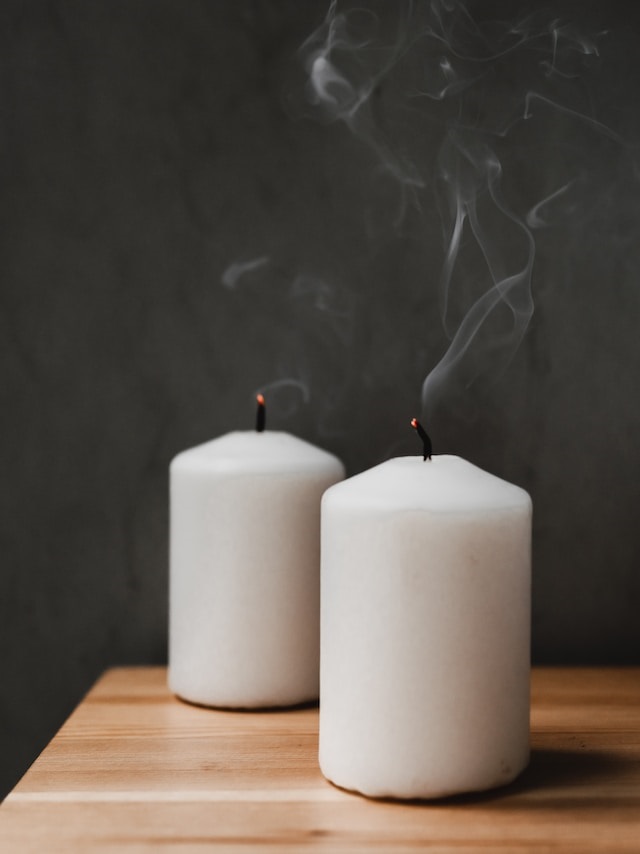
As a yoga teacher, I know the importance of tailoring physical practices to meet the needs of body and spirit. And I have a few failsafe tricks to help reignite the creative flame when I practices are bordering monotony. Focusing on subtle alignment shifts and changing the way we see the body; these tips are sure to help you level up your practice and open a new dimension to your asanas – old and new.
The centre of your universe
Now, this might not be an exact figure, but it won’t be far off. We largely attribute yoga asana with the spine – flexion, strength, and mobility. However, this isn’t quite the case. The spinal cord is supported by many muscles in the back of the body. We have small ones encasing the vertebrae, and larger ones framing the length of the spine and back of the ribs. They do a great job in supporting this zone, but our abdominal muscles actually do the majority of the work when we’re standing up straight. They also hold the key to many of the other actions in yoga – folding forwards, bending backwards, even elevating our legs. In the laws of physics, central points are strongest; and that goes for the human body too.
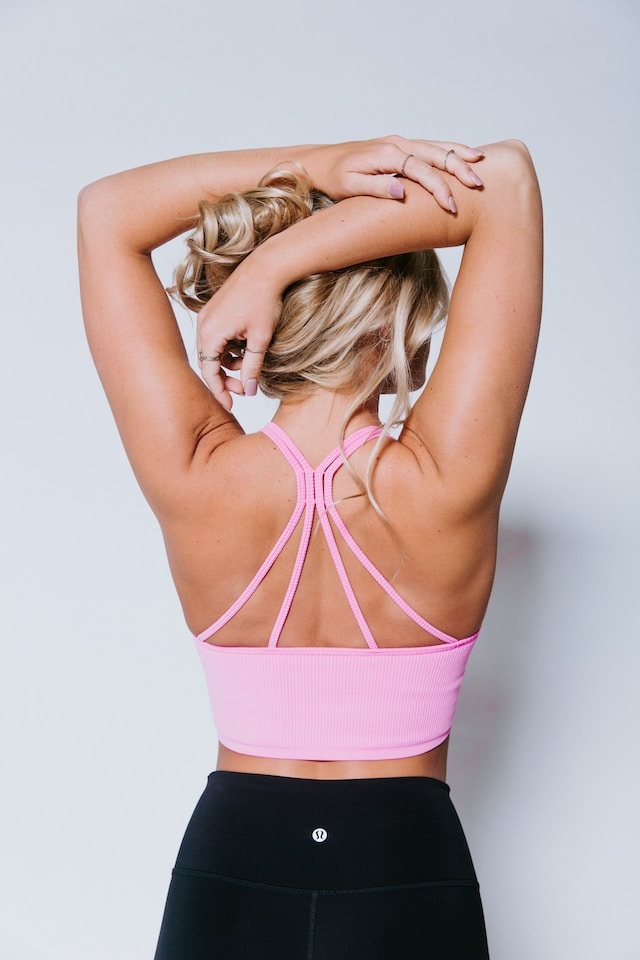
Remember all those times your yoga teacher told you to engage the core? Well, there’s a very good reason for that. It facilitates all other actions in the body. So, next time you’re in utkatasana or even utthita hasta padangusthasana, engage your core by drawing the navel back toward the spine, and feel the front of the body open up! In a posture like utkatasana, this will allow you to lighten the load in the legs, effectively sinking the hips backward and down, tucking the tailbone so as not to dip the lumbar spine. In a posture like utthita hasta padangusthasana, it will allow you to lift the chest, instead of sinking forward, and, again, lighten the load in the lifted leg. Engaging the core here will also reduce the pressure on the piriformis (located in the hip), allowing you to lift your leg higher – or even rotate it out to the side for a fun split variation!
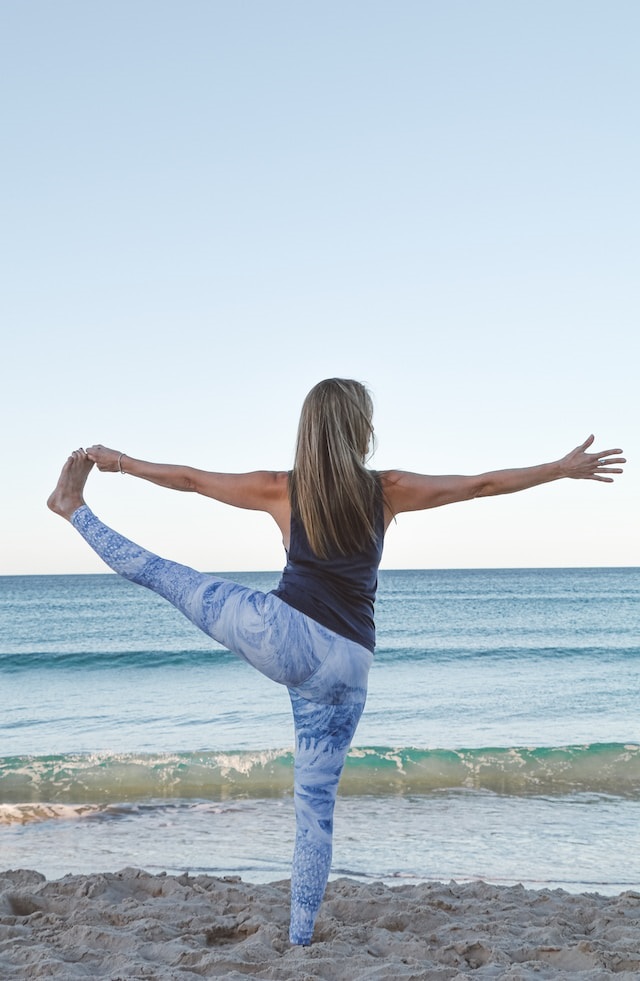
Your hips don’t lie.
We all get into bad habits. Comfortable familiarity and cool confidence lead us into the temptation to become complacent with form and alignment. Anecdotally, the hips are the area I see committing the most sins. Dropping, sinking, rotating, splaying – they migrate in ways that aren’t conducive to creating stability – or an enjoyable practice. It may feel a little censored when your teacher is constantly correcting you, but our key priority is keeping your body safe in class (and when you take that learning home). Plus, once you’ve realised and rectified the trouble your hips are getting you into, you can learn how to use them in a way that will help you level-up in your asana practice.
Let’s take eka pada ado mukha svanasana for example. After a few years of practicing, you might still feel like your lifted leg is inactive and just hanging out – but you want to move deeper into the asana. Keeping the hip active by micro-rotating it outwards, (essentially gently clenching your glutes), will create strength and stability in the grounded leg while opening the top hip so you can inch your leg up and forward with ease.
The trick here (so you don’t topple over), is to learn how to create this micro-portal, whilst keeping the hips in equilibrium.
Your teacher will always tell you to square off the hips. This is vital for both alignment ad safety and is something to maintain even when micro-rotating. It might sound a little confusing but start small with your hip rotation (don’t just fling your leg out and up…) and discovering the delicate balance between opening and balancing the hips will become an instinctive habit. The principle is the same in any formal hip-opener: hanumanasana, eka pada rajakopatasana, all benefit from a slight outward rotation of the grounded hip, subtly rolling the glutes in toward each other.
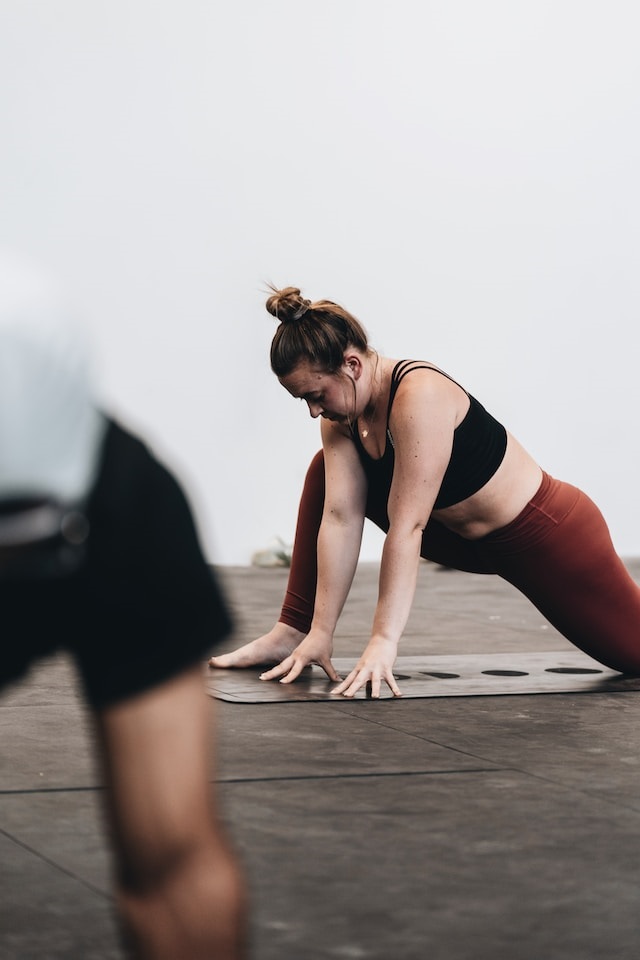
You are two bodies.
This ideology completely transformed my personal practice. Once I started acknowledging my torso as a separate entity to my lower limbs, I achieved asanas I’d struggled with for many years. Much like using your Drishti to focus on the direction you wish to move the body, distilling your attention to one body part at a time will help direct concentrated movement. And, when you combine this with engaging your core and embracing your hips, consciously moving your torso will help you sink deeper into your hips (think anjaneyasana). Drawing up the glutes and leg muscles will help the torso align correctly to fold forward more deeply in uttanasana or parsvottanasana.
Remembering that much of the upper body is interconnected, and same for the lower body, will help you to free up the two parts but still use them synergistically. Our arms, neck, and head work in unison but have little to no connection with the hips and legs; and vice-versa.
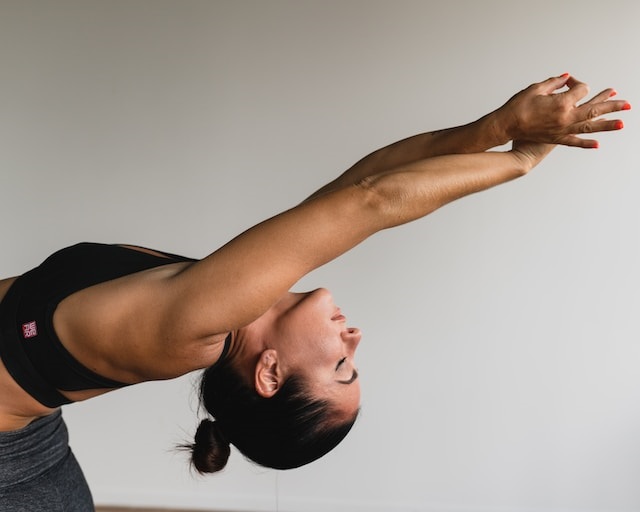
The part that does unify the upper and lower elements of our physical beings is the core. So, in actual fact, given the emphasis on the core as integral to our asanas, we should be thinking of the body as three parts? But I’ll let you decide on that for yourself!
Embrace your bandhas.
Where I like to bisect the body, yoga dissects a little further. You may or may not have heard teachers referring to ‘bandhas’ in class and asking you to “lock” them. You may also wonder what on earth they’re referring to and what good it’s going to do when you’re shaking like a leaf in plank pose! Well, like with everything in yoga, it’s a subtle action with abundant benefit. We have a few bandhas in the body, (bandha actually translates as “lock”). Let’s leave spirituality out of this discussion and simplify the bandhas to the muscle groups in their locations.
Starting at the top of the body, we have the throat bandha, followed by the abdominal bandha, and finally the seat bandha located in the pelvic floor. You might have spotted a fairly equally plotted out triad of points here. The top, centre, and bottom of the spine. The purpose of the bandhas is to seal off these points, temporarily inhibiting blood flow, allowing for fresh supply when released. In biological terms, this allows for better internal cleaning and removal of damaged and dead cells, as well as optimising function of nearby organs.
We also use the bandhas to concentrate strength in particular areas of the body, and support others. The throat bandha, when closed down, extends the cervical spine, which is the portion supporting the neck. It can also encourage an opening into the shoulders and influences expansion in the front of the sternum – excellent if you sit at a desk for most of your day.
Our mid-point bandha, in the abdomen, is possibly the most important. As with our first point about how much we use (or should use) our cores during practices, this bandha gives you stability and energy. Postures like phalakasana (plank) become much less arduous when the core is engaged, and we draw our weight up into this zone. It lightens the load in the legs and shoulders.

Lastly, our seat bandha, found in the pelvic floor, can be drawn up and engaged to facilitate hip rotation and, again, lighten the load from the legs in postures such as utkatasana, and virabhadrasana I and II. And, when all three bandhas are engaged, a catenation of these benefits is beautifully noticeable. The body feels more unified and accomplished and challenging postures feel less intimidating and insurmountable.
Fluidity and form.
Remembering that asanas aren’t frozen is an important part of any physical practice. Allowing fluidity and transition between them (as with vinyasa style practices) can pave avenues for creativity. If you aren’t familiar with this transient type of flow, adding movement to static postures is also possible. In high lunge, drop the knee and rise back up for a challenge in strength and balance, or open the arms into goddess and close again to add a slight cardio element.
The fundamental principle to prevent your practice becoming prosaic and unfulfilling is to constantly be your own detective. Continue to question, query, and observe – what body is active and what’s passive? Could I add a twist, a bind, or a pulse here? And find your muses. A universe of online yoga is at our fingertips, and the written word is still a significant part of yoga in 2023. Daniel Lacerda’s book, ‘2,100 Asanas’ is an enchanting encyclopaedia of modern yoga postures. From the foundations, right up to the modern manufactured and adaptations, there is a modification for all levels, sure to awaken and invigorate your practice.
Find a source that you connect with – digital, written, pictorial, or otherwise, and unify your practice with the inspiration your muse endows you with.
Don’t feel conflicted about looking to others for a little fuel to reignite your fire. Yoga is a circular practice after all, and we’re all here to teach and learn from each other.
Main – Photo by Kelly Sikkema on Unsplash


